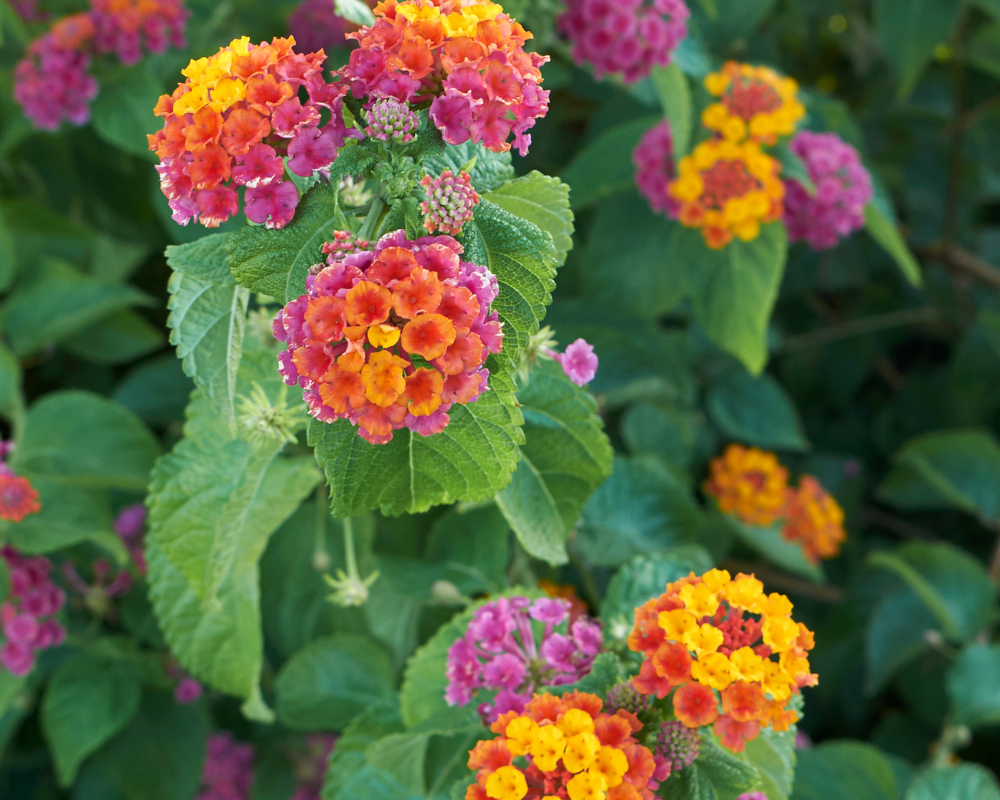A Comprehensive Guide to the Lantana Plant
The lantana plant, a vibrant and versatile shrub, has captured the hearts of gardeners and nature enthusiasts worldwide. With its striking flowers, diverse colors, and adaptability to various climates, it’s no wonder that lantana has become a popular choice for gardens, landscapes, and containers. In this comprehensive guide, we will delve into the fascinating world of the lantana plant, exploring its history, characteristics, cultivation, uses, and potential benefits.

The lantana plant, scientifically known as Lantana camara, is native to tropical regions of the Americas, including Mexico, Central America, and the Caribbean. Its name is believed to be derived from the Latin word “lantana,” which means “shrub.” For centuries, lantana has been cultivated and admired for its beauty and resilience.
Lantana is a flowering shrub that can grow as a compact, mounding plant or a sprawling vine. It is characterized by its square stems, rough leaves, and clusters of small, tubular flowers. The flowers are typically available in a wide range of colors, including red, orange, yellow, pink, purple, and white. Some varieties even exhibit bi-colored or multi-colored blooms.
There are numerous lantana varieties available, each with its unique characteristics. Some popular cultivars include:

Lantana camara ‘Common Lantana’: A versatile variety with a bushy habit and a wide range of flower colors.
Lantana is a relatively easy-to-care-for plant that thrives in warm, sunny locations. It is drought-tolerant and can adapt to various soil types. Here are some key tips for cultivating lantana:
Sunlight: Lantana requires at least six hours of direct sunlight per day to produce abundant blooms.

Lantana has numerous uses and benefits, making it a valuable addition to any garden or landscape. Here are some of its key applications:
Ornamental Plant: Lantana is primarily used as an ornamental plant for its attractive flowers and foliage. It can be grown in containers, as a groundcover, or as a shrub.
While lantana is a beautiful and versatile plant, there are a few potential considerations to keep in mind:
Invasive Species: In some regions, lantana has become an invasive species, outcompeting native plants and disrupting ecosystems. It is essential to be mindful of this and take appropriate measures to prevent lantana from spreading uncontrollably.
The lantana plant is a captivating and versatile shrub that offers a wealth of benefits. Its vibrant flowers, diverse colors, and adaptability to various climates make it a popular choice for gardeners and nature enthusiasts. By understanding the characteristics, cultivation requirements, and potential uses of lantana, you can enjoy the beauty and rewards of this remarkable plant in your own garden.

:max_bytes(150000):strip_icc()/how-to-grow-coleus-1402921-02-6ca494adf94f4a5887c94256a24ebf33.jpg?w=200&resize=200,112&ssl=1)



:max_bytes(150000):strip_icc()/hoya-plants-1315763-hero-fe8b10a522eb4d7e9ada8abbc303fbc5.jpg?w=200&resize=200,112&ssl=1)
